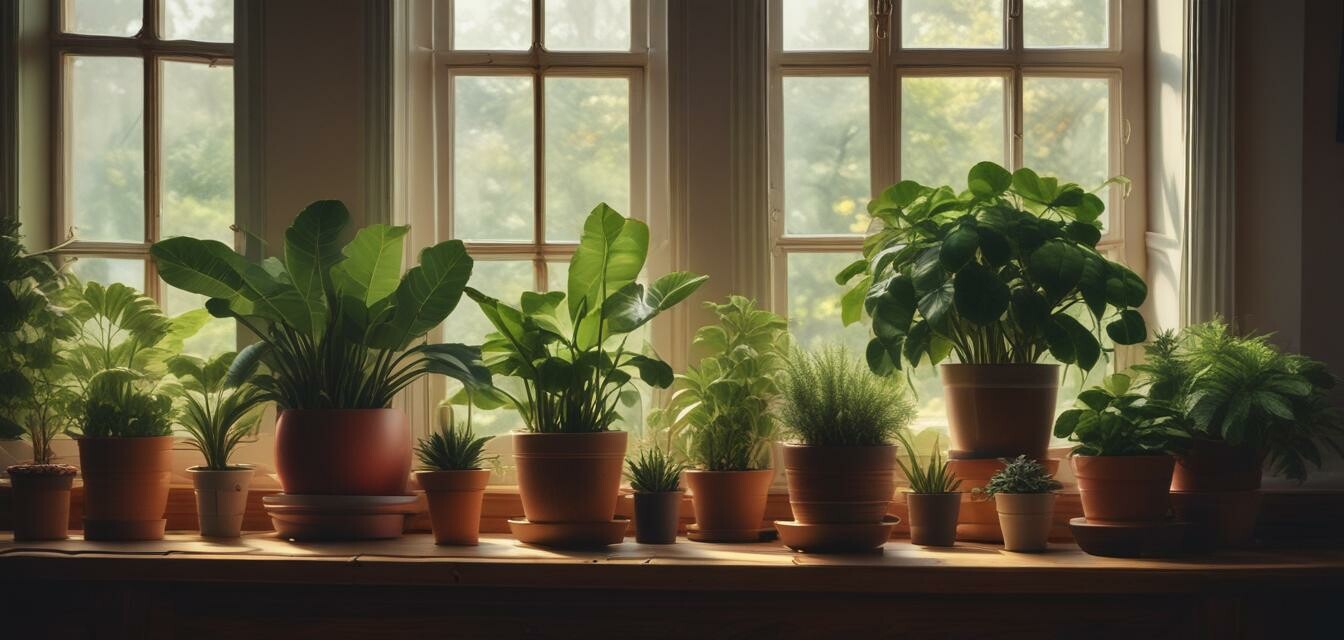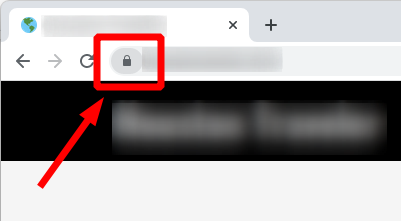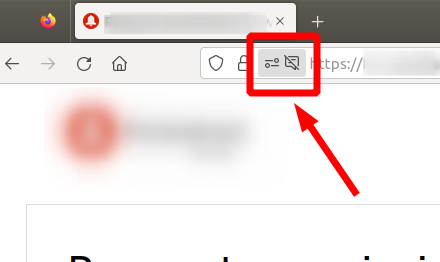
Fertilizing Indoor Plants: What You Need to Know
Key Takeaways
- Understanding the fertilization needs of your houseplants is vital for their growth.
- Different types of plants have varying fertilization schedules and nutrient requirements.
- Choosing the right type of fertilizer can lead to healthier plants.
- Signs of over-fertilization include yellowing leaves and stunted growth.
- Regular monitoring and adjustments can ensure optimal plant health.
Fertilizing your indoor plants is crucial for their overall growth and health. While it might seem challenging, knowing the right techniques, when to fertilize, and what products work best can significantly benefit your green companions. This article will break down everything you need to know about fertilizing indoor plants, whether you're a beginner or an experienced gardener.
Understanding indoor plant fertilization
Before diving into the specifics, it's essential to understand why fertilization is crucial for indoor plants. Plants require nutrients to thrive, and while potting soil provides some nutrients, these can quickly become depleted. Fertilization replenishes these nutrients and encourages robust growth.
Types of fertilizers
There are several types of fertilizers available, each designed for different plant needs. Here’s a brief overview:
| Type of Fertilizer | Description | Best for |
|---|---|---|
| Liquid Fertilizers | Fast-acting and easy to apply, they dissolve in water. | Most indoor plants that require regular feeding. |
| Granular Fertilizers | Slow-release fertilizers that feed plants over time as they dissolve. | Plants that prefer consistent, steady nutrients. |
| Organic Fertilizers | Made from natural materials, they improve soil health. | All plants, especially those in organic environments. |
| Specialty Fertilizers | Formulated for specific plant types, like orchids or succulents. | Targeted plants with unique nutrient requirements. |
When to fertilize indoor plants
Timing is essential when it comes to fertilizing indoor plants. Here’s a general guide on when to fertilize:
- Spring: This is typically the best time to begin fertilizing as plants emerge from dormancy and start to grow actively.
- Summer: Continue to fertilize your plants during the growing season to support their increased nutrient needs.
- Fall: Gradually reduce fertilization as growth slows down; some plants may not need any additional nutrients.
- Winter: Most indoor plants should not be fertilized during this dormant phase unless they show signs of needing nutrients.
How to fertilize indoor plants
Here's a simple step-by-step guide to fertilizing your indoor plants:
- Choose the right type of fertilizer based on your plant needs.
- Mix liquid fertilizers with water according to the instructions or sprinkle granular fertilizers around the base of the plant.
- Water the plant thoroughly after applying the fertilizer.
- Monitor your plants for signs of nutrient deficiency or excess.
- Adjust your fertilization schedule as necessary based on seasonal changes and plant health.
Common fertilizing mistakes to avoid
Many plant enthusiasts fall into traps when it comes to fertilizing. Here are some common mistakes to be cautious of:
Pros of Proper Fertilization
- Encourages strong and healthy plant growth.
- Enhances flowering and fruiting in flowering indoor plants.
- Promotes vibrant foliage and improved overall plant appearance.
Cons of Improper Fertilization
- Over-fertilization can lead to burnt roots and yellowing leaves.
- Under-fertilization can result in poor growth and lack of vitality.
- Using the wrong fertilizer can affect plant health negatively.
Signs your plants need fertilization
Look for these signs to determine if your plants need additional nutrients:
- Yellowing leaves, particularly on older leaves.
- Stunted growth or smaller-than-usual new leaves.
- Poor flowering or a total lack of blooms.
- White deposits on the soil surface (this can indicate salt buildup from excess fertilizers).
Choosing the right products
When selecting fertilizers, consider the type of plants you have and their specific requirements. For more information on this topic, check our Buying Guides, which include tips on selecting the best fertilizers tailored to your houseplants. Additionally, remember to look for reputable brands that provide clear instructions and ingredient lists.
Conclusion
Fertilizing indoor plants doesn't have to be a daunting task. By understanding the types of fertilizers available, when and how to apply them, and recognizing the signs that indicate your plants need nutrients, you can keep your greenery thriving. Stay informed on your plants’ needs, experiment with different fertilizers, and watch your indoor garden flourish.
If you're keen on expanding your knowledge and skills regarding houseplant care, check out our Care Tips section for more valuable insights.

